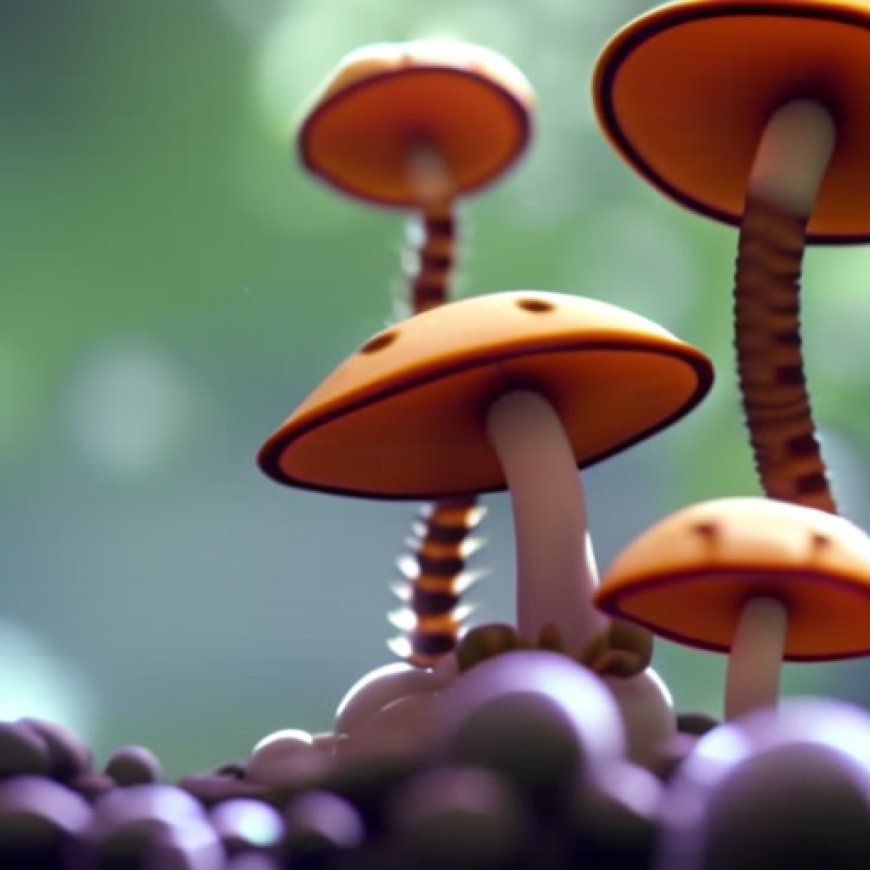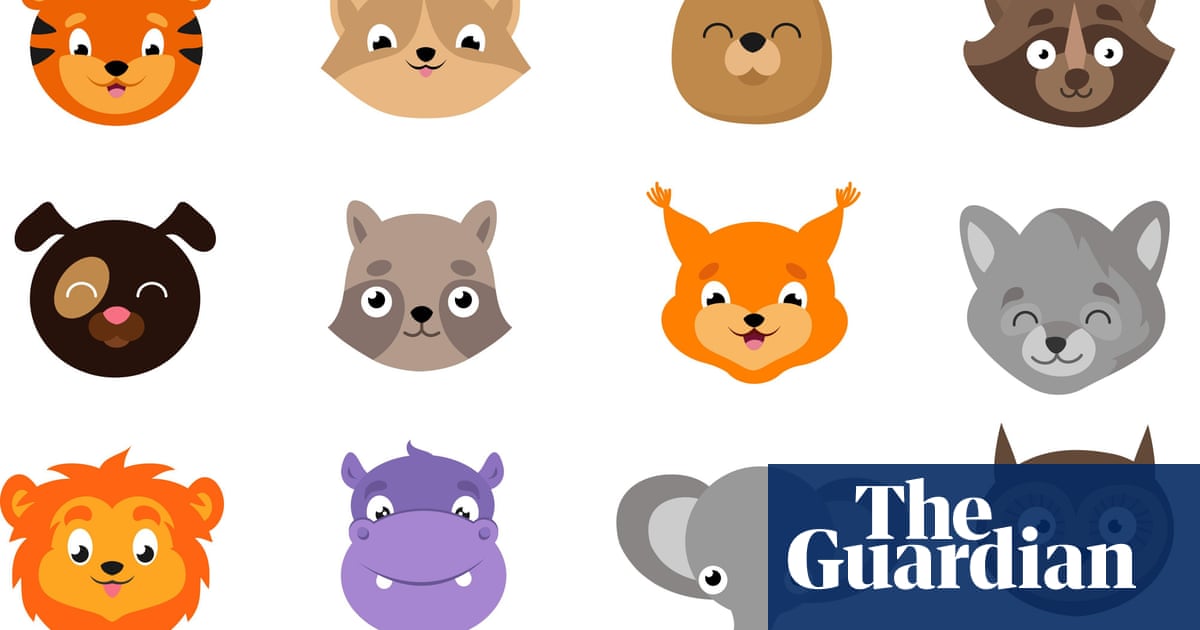Fungi and flatworms? Scientists call for greater emoji biodiversity
Fungi and flatworms? Scientists call for greater emoji biodiversity The Guardian


Sustainable Development Goals and Emoji Representation of Biodiversity

Introduction
When Stefano Mammola and Francesco Ficetola attended an ecology conference in Prague in 2021, they had an interesting encounter with a scientist named Jennifer Anderson. Anderson, an expert in aquatic fungi, expressed her disappointment that there were no emojis representing her research subject.
Intrigued by this conversation and the lack of representation for unusual species, Mammola and Ficetola, along with a colleague, decided to investigate the extent to which the “tree of life” was represented in the emoji library. Their findings revealed a significant gap in emoji representation.
Emojis and Biodiversity
Emojis are widely used as a simple and relatable way of communication online. However, the researchers discovered that while animals were well-represented by emojis, plants, fungi, and microorganisms were not.
In their study published in the journal iScience, the team identified emojis representing 112 distinct organisms. Among them, 92 were animals, 16 were plants, one was a toadstool-like fungus, and one was a suspected gut-infecting bacteria called E. coli.
This lack of representation in emojis reflects a bias in biodiversity research and human psychology. Humans tend to have more empathy for life forms that are phylogenetically closer to them.
The Importance of Representation
Mammola emphasized the significance of a comprehensive representation of the tree of life in social media. By including a wider range of organisms in emojis, the message that biodiversity is diverse and essential for our planet can be effectively disseminated.
The researchers categorized all nature and animal-related emojis in Emojipedia and discovered that certain groups of creatures had no representation at all. For example, there are no emojis for the more than 20,000 species of flatworms or the millions of species of arthropods.
The biases in emoji representation of animal biodiversity mirror the biases observed in biodiversity assessments and conservation analyses, such as the IUCN red list of endangered species.
Implications for Conservation Efforts
Improving emoji representation can generate interest in lesser-known organisms and indirectly contribute to conservation efforts. Mammola suggests that adding emojis for missing but pivotal organisms would be a cost-effective way to broaden the understanding of biodiversity.
Some scientists have already attempted to depict their research through emojis. For example, Andrew White, a computational chemist, proposed a protein emoji to represent advances in genomics and sequencing. However, the bid was rejected by the selection committee.
Increasing Emoji Biodiversity
The Italian researchers observed that emoji biodiversity has been increasing over time. The number of animal taxa represented rose from 45 in 2015 to 92 in 2022, indicating a gradual improvement in representing the diversity of creatures.
However, this positive trend contrasts sharply with the decline of wildlife in the real world. Studies have shown that nature is declining at unprecedented rates, with species disappearing at an alarming pace.
Conclusion
The inclusion of emojis representing a wider range of organisms can contribute to increased public awareness and recognition of their ecological value. Emojis serve as indicators of the importance and relevance of different organisms in daily conversations.
SDGs, Targets, and Indicators
1. Which SDGs are addressed or connected to the issues highlighted in the article?
- SDG 15: Life on Land
- SDG 13: Climate Action
- SDG 12: Responsible Consumption and Production
The article discusses the representation of biodiversity in emojis and the importance of raising awareness about different organisms. This connects to SDG 15, which focuses on protecting, restoring, and promoting sustainable use of terrestrial ecosystems, including biodiversity. Additionally, the article mentions the role of emojis in communicating about climate change and conservation efforts, which relates to SDG 13. The issue of representation and awareness also aligns with SDG 12, which aims to ensure sustainable consumption and production patterns.
2. What specific targets under those SDGs can be identified based on the article’s content?
- Target 15.5: Take urgent and significant action to reduce the degradation of natural habitats, halt the loss of biodiversity, and protect and prevent the extinction of threatened species.
- Target 13.3: Improve education, awareness-raising, and human and institutional capacity on climate change mitigation, adaptation, impact reduction, and early warning.
- Target 12.8: Ensure that people everywhere have the relevant information and awareness for sustainable development and lifestyles in harmony with nature.
The article highlights the need for better representation of biodiversity in emojis to raise awareness and promote conservation efforts. This aligns with Target 15.5 under SDG 15, which emphasizes the importance of protecting and preventing the extinction of threatened species. The mention of using emojis for climate change communication relates to Target 13.3 under SDG 13, which focuses on improving education and awareness on climate change. The overall goal of promoting awareness and sustainable lifestyles connects to Target 12.8 under SDG 12.
3. Are there any indicators mentioned or implied in the article that can be used to measure progress towards the identified targets?
- Number of emojis representing different organisms
- Increase in the representation of biodiversity in emojis over time
- Public awareness and recognition of emojis as indicators of ecological value
The article mentions that the researchers identified emojis representing 112 distinct organisms, with a focus on animals. The number of emojis representing different organisms can serve as an indicator to measure progress towards Target 15.5 under SDG 15. Additionally, the article states that the representation of animal taxa in emojis has increased over time, indicating progress towards raising awareness about biodiversity. The mention of public awareness and recognition of emojis as indicators of ecological value suggests a potential indicator for measuring progress towards Target 12.8 under SDG 12.
SDGs, Targets, and Indicators
| SDGs | Targets | Indicators |
|---|---|---|
| SDG 15: Life on Land | Target 15.5: Take urgent and significant action to reduce the degradation of natural habitats, halt the loss of biodiversity, and protect and prevent the extinction of threatened species. | – Number of emojis representing different organisms – Increase in the representation of biodiversity in emojis over time |
| SDG 13: Climate Action | Target 13.3: Improve education, awareness-raising, and human and institutional capacity on climate change mitigation, adaptation, impact reduction, and early warning. | – Number of emojis used for climate change communication – Public awareness and recognition of emojis as indicators of ecological value |
| SDG 12: Responsible Consumption and Production | Target 12.8: Ensure that people everywhere have the relevant information and awareness for sustainable development and lifestyles in harmony with nature. | – Public awareness and recognition of emojis as indicators of ecological value |
Behold! This splendid article springs forth from the wellspring of knowledge, shaped by a wondrous proprietary AI technology that delved into a vast ocean of data, illuminating the path towards the Sustainable Development Goals. Remember that all rights are reserved by SDG Investors LLC, empowering us to champion progress together.
Source: theguardian.com

Join us, as fellow seekers of change, on a transformative journey at https://sdgtalks.ai/welcome, where you can become a member and actively contribute to shaping a brighter future.







